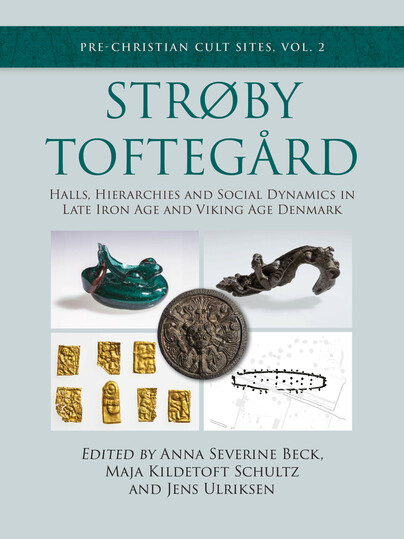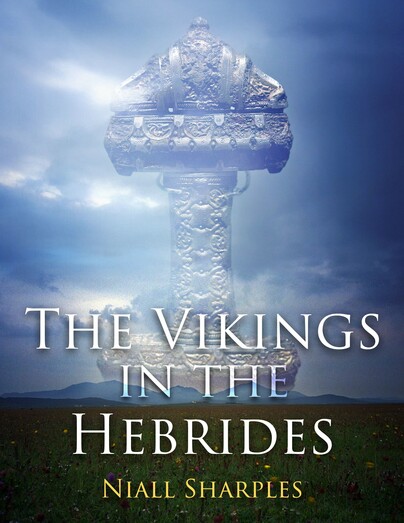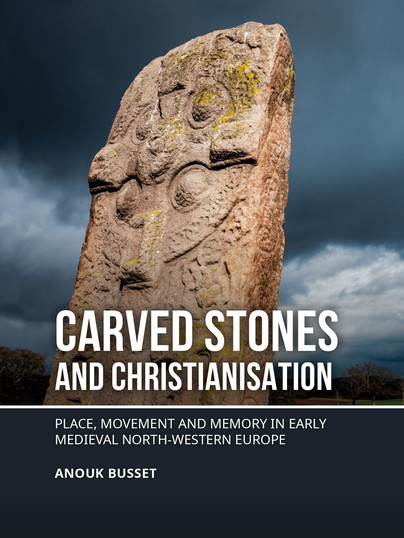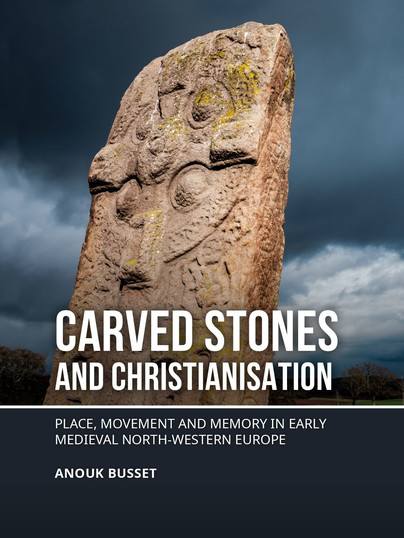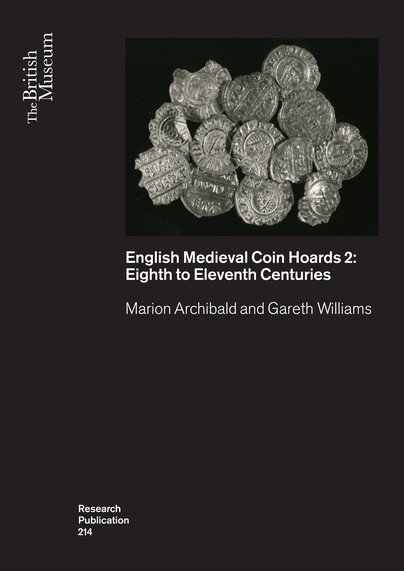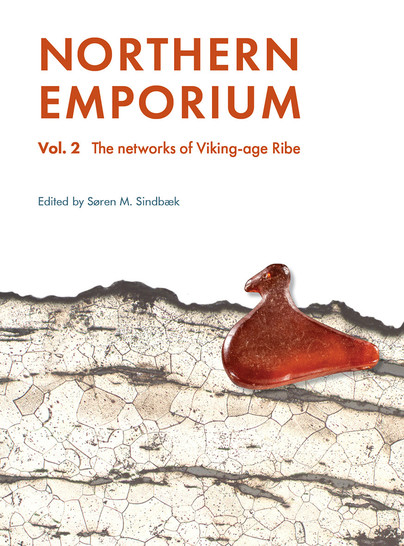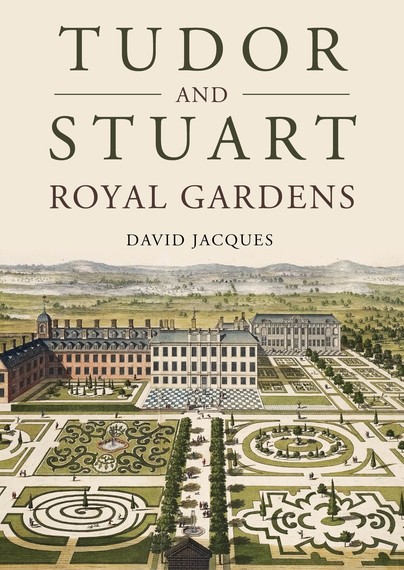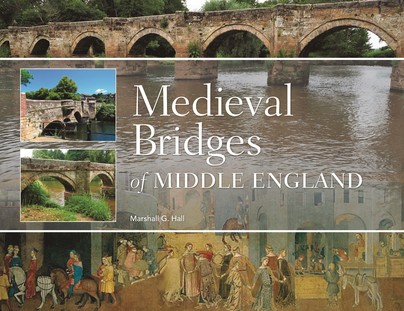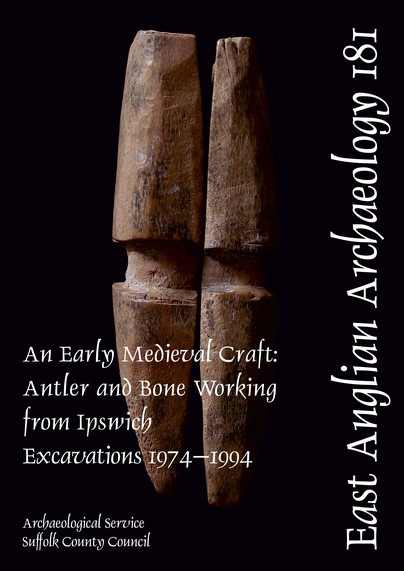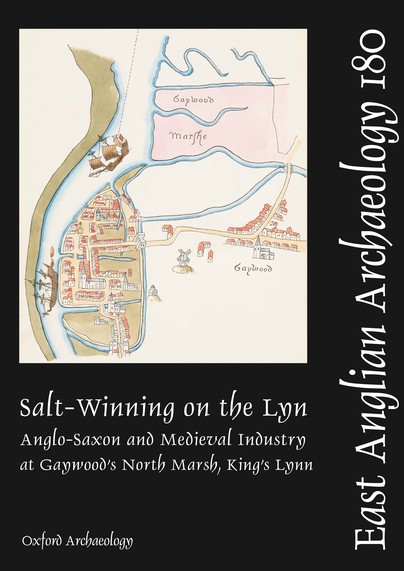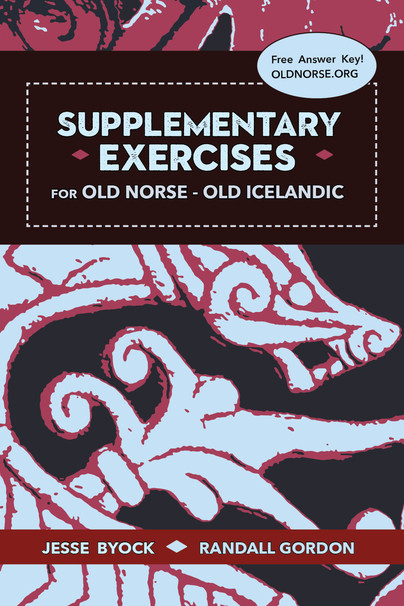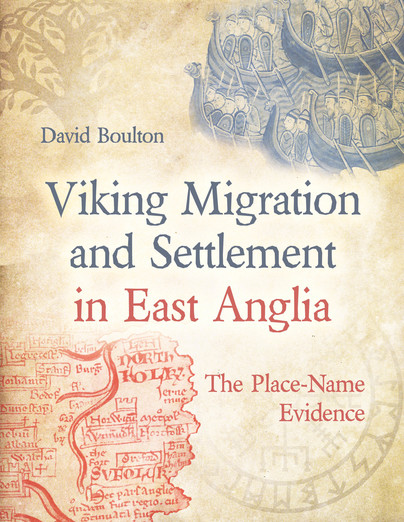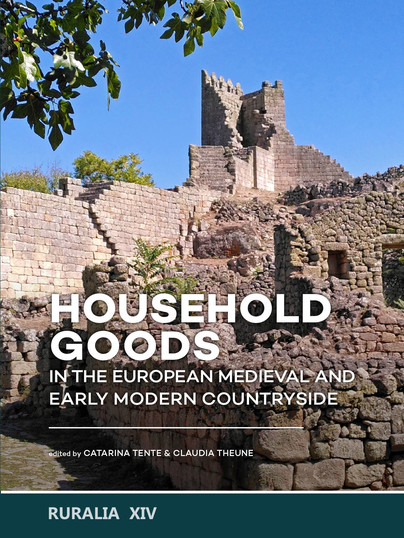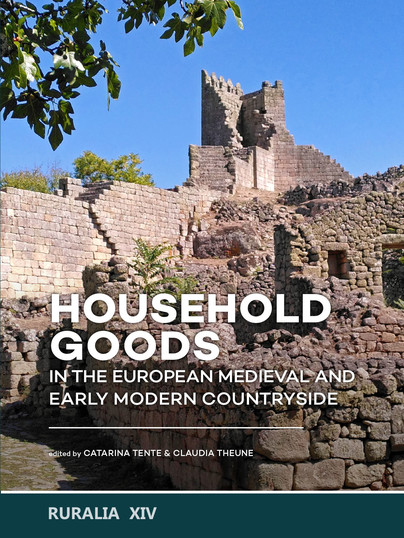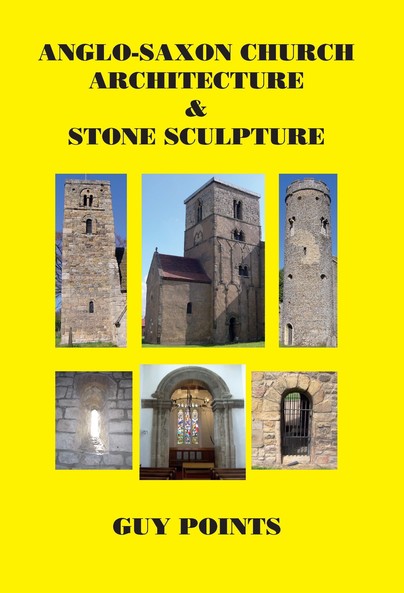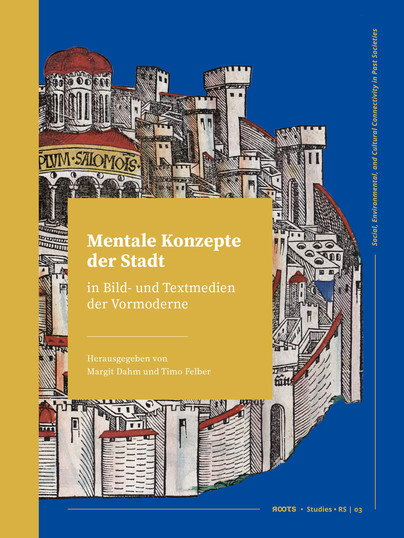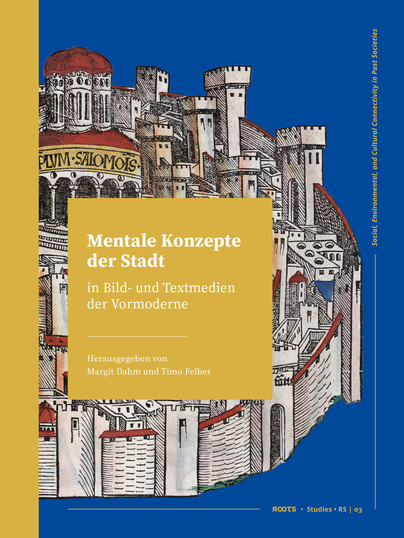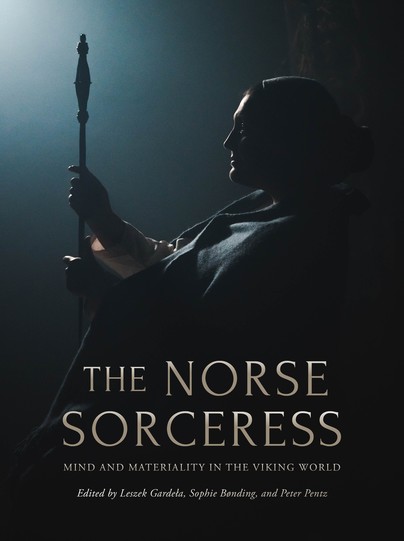Throughout history, rivers have been a hub for human settlement and have been a key part of local livelihoods, history, and culture, as well as still playing a present-day role in providing services and leisure to people who live around them. It is no coincidence that all four of the earliest human civilisations were formed on great rivers: the Nile, Euphrates, Indus, and Yellow rivers all saw great human aggregation along them. The most ancient and vital architectural structures linked to the use of rivers are bridges.
There are a wide variety of medieval bridge structures, ranging from some very simple in their construction to amazing triumphs of design and engineering comparable with the great churches of the period. They stand today as proof of the great importance of transport networks in the Middle Ages and of the size and sophistication of the medieval economy. These bridges were built in some of the most difficult places, across broad flood plains, deep tidal waters, and steep upland valleys, and they withstood all but the most catastrophic floods. Yet their beauty, from simplistic to ornate, remains for us to appreciate.Medieval Bridges of Middle England has been organised geographically into tours and covers the governmental regions of East of England, East Midlands, and West Midlands. There are 63 bridges featured and beautiful full colour photographs of each bridge are included. A brief history is incorporated with each bridge. Additionally, information about the construction, materials used, and unique features are related, as well as historically relevant documents and images. Directions to each bridge and local attractions are also given.There are literally hundreds of bridges in England that meet the criteria for inclusion in this roll of honour for senior bridges. They vary vastly in size, style, and materials. Most are stone and a very few are brick. We have lost many of our older bridges to the ravages of time and the modern practice of culvertisation and urban development. A few of our older bridges remain though, and their beauty and pivotal role in our history is starting to be recognised.
